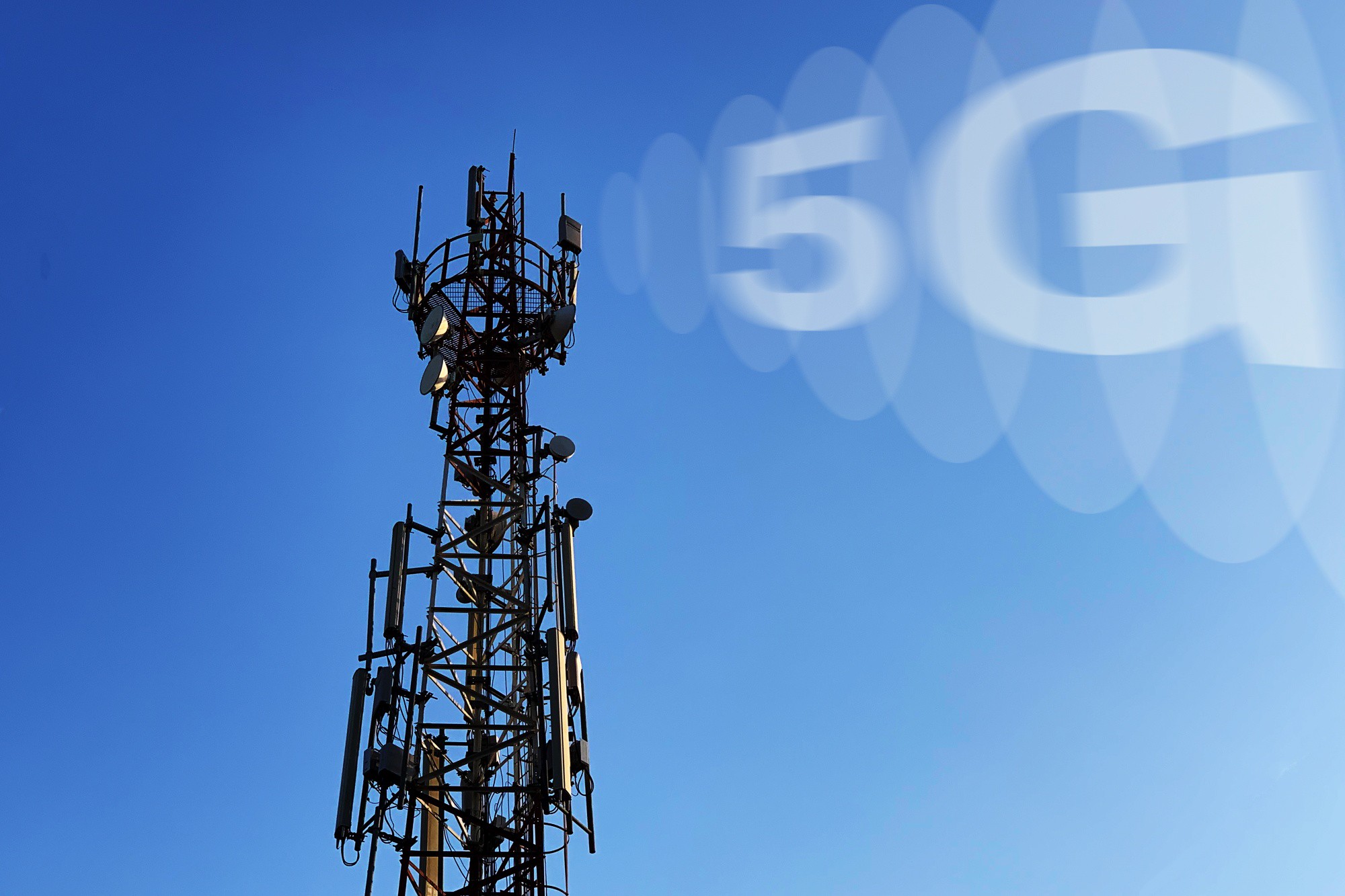
Comment Writer Emily Gulbis takes us through the range of coronavirus conspiracy theories that have recently emerged
Coronavirus, named after the Spanish word for crown due to the shape of the virus, has become the most discussed subject, both in the media and in households over recent weeks. Dubbed COVID-19, the virus that affects a person’s lungs and airways became recognised as a pandemic on the 11th March by the World Health Organisation. Starting in Wuhan, China, the virus has now spread to every continent bar Antarctica.
Consequently, many have flocked to social media in the hope of receiving more information about the virus. With increasing public interest, the coronavirus has also sparked a range of conspiracy theories. One of the more obscure ones is that the virus was predicted in 1981, by the author Dean Koontz in his book ‘The Eyes of Darkness’, in which a boy disappears when on a camping trip in Wuhan, which is later revealed to be home to a virus call ‘Wuhan-400’. Similarities between our current reality and the virus-ridden world created by Koontz have fuelled discussions over whether this was a prediction or in fact just coincidence.
As yet, the way that this virus is spread is unknown. Scientists from the John Hopkins Medical school have explained: most viruses spread by droplets released as the infected person coughs or sneezes, which can travel up to six feet in distance. However, certain viruses are airborne, and so remain in smaller droplets in the air for longer. The current government regulation of keeping a two-metre distance from others should help prevent the spread of either form of viruses.
Despite this, people are eager to hear alternative explanations for the rapid spread of the virus. Many are taking to social media platforms such as Facebook and twitter to share their own opinions and ideas about the virus. Currently trending is the conspiracy that 5G, the newly-developed mobile network that is in the process of being rolled out globally, is responsible for the quick transmission of the disease. Currently trending is the conspiracy that 5G…is responsible for the quick transmission of the disease
A similar theory, popularised by celebrities such as Amanda Holden on twitter, is that 5G in fact is causing the coronavirus. Holden, who was slammed for ‘scaremongering’, at a time of already heightened tensions, retweeted, and then quickly removed, a petition from Change.org. The petition claimed that 5G alters human DNA, and by removing oxygen from the atmosphere is causing coughs and flu, symptoms of the virus. The result was the removal of this petition by the website for the spreading of misinformation, only after it had received 100,000 signatures.
As a consequence of these fears surrounding 5G, two phone masts were torched by protesters, one in Birmingham and the other in Merseyside. In addition to this, engineers from BT Openreach have reported receiving verbal abuse in their work from passers-by, accusing them of murder by enabling 5G, such as: ‘are they paying you well enough to kill people?’ Scientists have criticised this supposed link between 5G and coronavirus. Professor Brendan Wren of Microbial Pathogenesis from London’s School of Hygiene and Tropical Medicine explained: ‘there is no scientifically credible evidence to link the introduction of 5G masts with the COVID-19 outbreak. This would be both a physical and biological impossibility.’
Another popular conspiracy is that the virus was engineered in China as a bioweapon that was accidentally leaked from a high security lab in Wuhan. Dr Francis Boyle, the creator of the Bio Weapons Act, recently made claims that ‘the coronavirus is an offensive biological warfare weapon with DNA-genetic engineering’. Prominent leading figures such as Iran’s former President, Mahmoud Ahmadinejad and US Senator Tom Cotton have also spoken out in support of Boyle’s statement. However, these claims are unsubstantiated. Although currently the cause of the virus is unknown, Kristian Andersen, professor of immunology and microbiology at Scripps Research, has ruled out that the virus was engineered: ‘By comparing the available genome sequence data for known coronavirus strains, we can firmly determine that SARS-CoV-2 originated through natural processes.’
The spread of false claims about the virus, or ‘fake news’, has also led to an increase in misleading medical advice, namely, that wearing a facemask protects you against coronavirus. Guidance from the Centre for Disease Control and Prevention highlights that these disposable masks do not fit to a tight enough level to prevent droplets carrying the virus from entering the nose or mouth. A more life-threatening rumour, popular in the US especially, was that drinking bleach could prevent the infection. In a statement, the Blue Ridge Poison Centre, warned people about the serious harm and even fatal consequences of drinking bleach. The guidelines also specified only to use a diluted form of the substance when disinfecting surfaces.
According to the Centre for Disease Control and Prevention, although currently there is not a treatment for coronavirus, people can reduce the threat and spread of the disease by the following: staying home if you have any of the symptoms, avoid touching your face and regularly washing your hands for 20 seconds each time. In addition you should check, if using a hand sanitiser, that it contains at least 60% alcohol for it to be an effective protection against infection.
In the meantime, to prevent the spread of fake news, the BBC recommends people fact-check before sharing information on social media. In particular, you should be wary of biased or unofficial sources, and if it seems a false or exaggerated claim, don’t share it.
More from Comment on coronavirus…
Comments